Arthritis
Those living with arthritis know the challenges of finding relief from joint pain and other symptoms. However, there are many options for managing arthritis and for living a normal, healthy and active life. Acupuncture and Traditional Chinese Medicine (TCM) can be valuable additions to any health plan without leading to harmful side effects.
How Western Medicine views arthritis:
Osteoarthritis (OA), which is the most common type of arthritis, affects more than 21 million Americans. It is caused by the breaking down of cartilage between joints, and usually affects the hands, hips, knees, neck or low back.
Factors that can increase your risk include joint injuries, obesity, aging and genetics. Repetitive motion can also increase your risk of OA.
Rheumatoid arthritis (RA) is another frequently diagnosed type, affecting more than 2 million people in the United States. This condition is chronic and occurs when the lining of the joints become inflamed, which can lead to long-term damage and even movement loss. Women are two to three times more likely to get RA than men.
RA often begins in the feet or hands, and typically affects the body symmetrically. Symptoms include:
Swollen, warm or tender joints
Joint stiffness, especially in the early part of the day
Flu-like symptoms including fever
Fatigue
Muscle weakness and pain
Options for treatment:
Western treatment of arthritis typically focuses on pain relief and prevention of further joint damage by using anti-inflammatory or other medications, self-care and physical therapy. Surgery may even be needed in some instances.
Causes of arthritis from a Traditional Chinese Medicine perspective:
Constitutional imbalance
Weakness or deficiency of the organs
Trauma or physical injury
Changes in quantity and quality of Qi
Inadequate flow or blockages of Qi
External invasion of factors such as Cold, Heat and Wind
Emotional upsets that are unresolved, mainly related to anxiety and stress
Acupuncture is a safe, natural way to control joint pain and other symptoms while maintaining overall health. A 2004 study showed that patients with OA of the knee reported 40 percent less pain and a 40 percent increase in function after a series of acupuncture treatments.
A full-body approach to relief from arthritis
Acupuncture and Traditional Chinese Medicine (TCM) take a holistic whole-body approach to health. According to these theories, Qi (pronounced “chee”) is the energy that brings the body to life and defends it against illness. It flows through pathways called meridians, nourishing each cell, tissue, organ and muscle. Physical symptoms may result when there is a blockage or imbalance in the flow of Qi.
During treatment, fine and sterile needles are inserted at specific acupoints along meridians to unblock obstructions and allow Qi to flow freely.
At TOTEM Acupuncture we may also recommend herbal remedies, massage and stretching. Be sure to speak with your doctor about any new medications to avoid any potential negative interactions.
What can you do?
There is no quick fix for arthritis and achieving results may take some time. However, these lifestyle changes may help bring positive results faster.
Exercise can help increase your flexibility and strength while maintaining a healthy weight.
Stick to a healthy diet made up of unprocessed, organic foods. Your acupuncturist may also suggest adding anti-inflammatory ingredients to your diet.
By identifying your stressors and lowering their negative affects through breathing exercises, yoga, meditation, Tai Chi or Qi Gong, you can improve wellness of mind and health.
A balance of rest and relaxation with exercise and activity will keep you feeling well.
By working closely with your acupuncturist and other treatment providers, you can take control of your arthritis and make steps toward a healthier life.
References:
Berman BM, Lao L, Langenberg P, Lee WL, Gilpin AMK, Hochberg MC. Effectiveness of Acupuncture as Adjunctive Therapy in Osteoarthritis of the Knee: A Randomized, Controlled Trial. Annals of Internal Medicine. 2004; 141 (12):901-910.
What is Osteoarthritis? National Institute of Arthritis and Musculoskeletal and Skin Diseases. September 2006.
What is Rheumatoid Arthritis? National Institute of Arthritis and Musculoskeletal and Skin Diseases. May 2005.
Joswick, Diane L.Ac. Acupuncture for Arthritis. 2006.
Osteoarthritis Fact Sheet. Arthritis Foundation. 2005.
